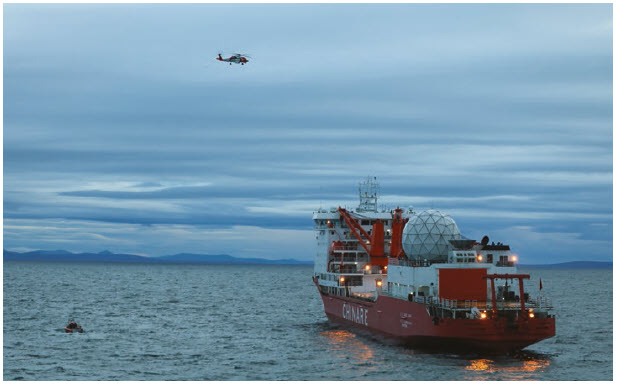daftandbarmy
Army.ca Fossil
- Reaction score
- 41,819
- Points
- 1,160
I wonder if his hired comedian speech writer helped him with this one 



That case has (as do all of them, I suppose) a particular context: opposition to the proposed Ajax mine. Opposition wasn't limited to them. Kamloops has gotten big enough that the "life-of-the-mind" community is starting to act like it can pick and choose what sits at the bottom of its economic pyramid, while at the same time using perfidious political means to spend on frivolities like the new entertainment centre.Add, a civil claim case by the Secwepemc Nation for Kamloops. The case seeks Aboriginal title over the entire city and other areas.
100,000 + people in Kamloops.
So you favour a Canadian Republic and not a monarchy, then?But it underscores the insanity of allowing small communities whose membership is decided mostly on hereditary grounds to hinder economic development.
But it underscores the insanity of allowing small communities whose membership is decided mostly on hereditary grounds to hinder economic development.
All extant inhabitants have an identical case for the land. The dead and who they were and where they came from are irrelevant. Anything less is a warped fusion of apartheid and feudalism. No-one has a choice about where or to whom he is born; as a principle, naturalized immigrants ought only be admitted as equal citizens and never as some approximation of indentured servants.I don't think it is unreasonable to suggest that the previous inhabitants have an arguable case for the land.
Yes. My views on the political structure have changed dramatically in the past 20 years.So you favour a Canadian Republic and not a monarchy, then?
How much money have the BC nations accepted from the Crown and for how long?
All extant inhabitants have an identical case for the land. The dead and who they were and where they came from are irrelevant. Anything less is a warped fusion of apartheid and feudalism. No-one has a choice about where or to whom he is born; as a principle, naturalized immigrants ought only be admitted as equal citizens and never as some approximation of indentured servants.
If the politicians and lawyers and judges don't fix this shit now and utterly break and gut the political rent-seekers among us, worse is coming.

